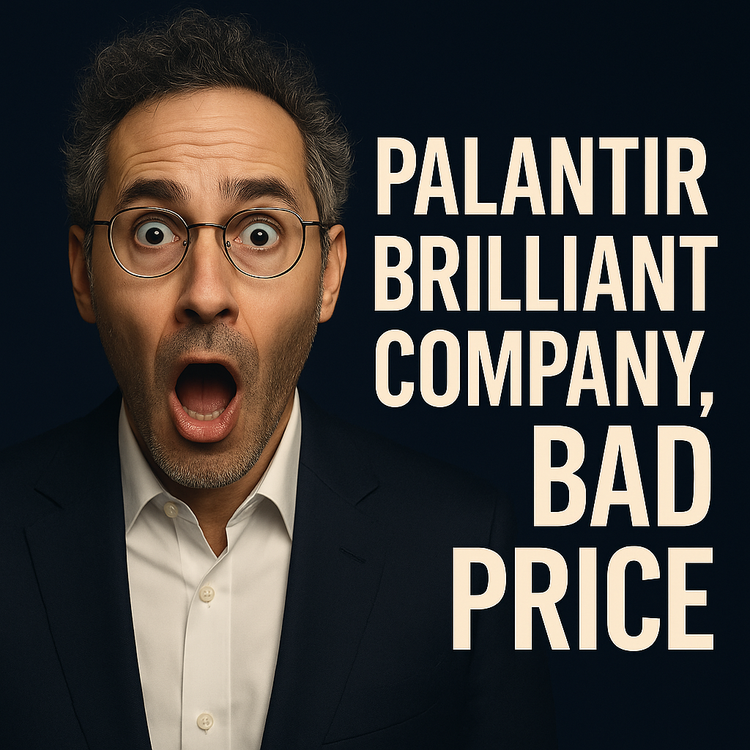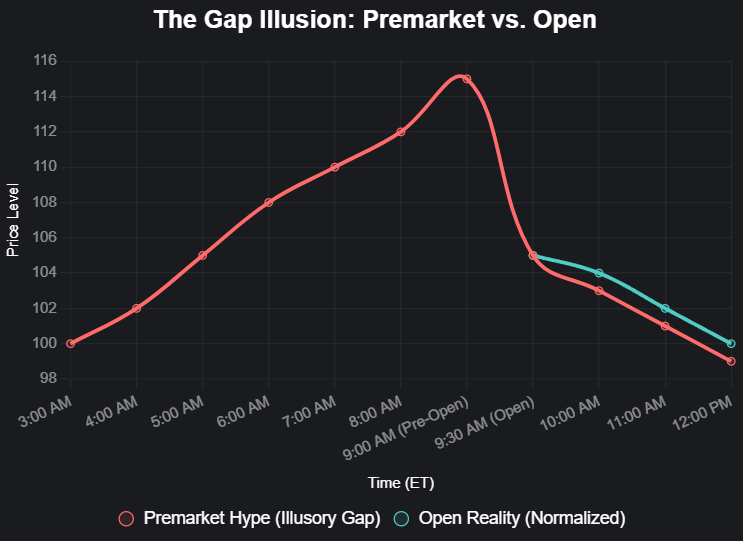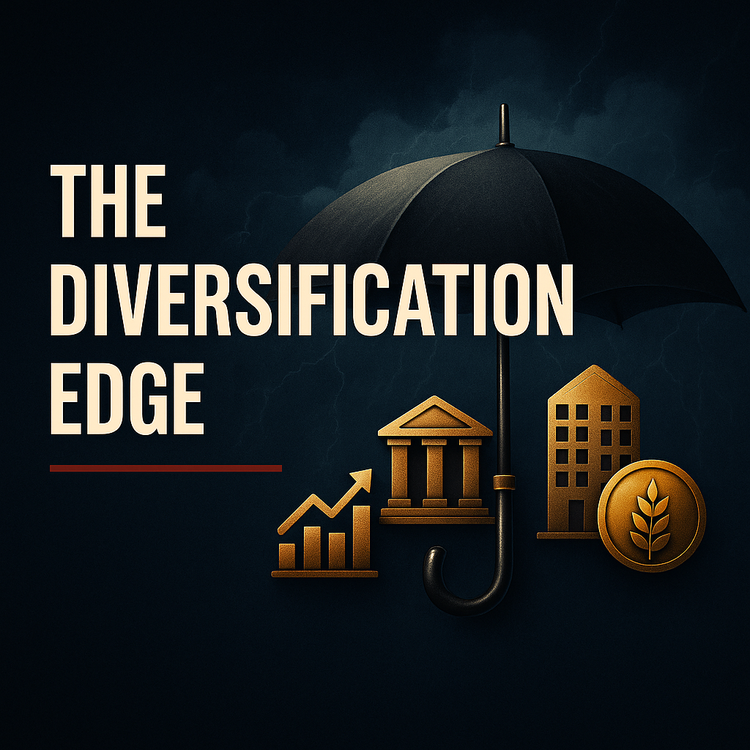The Pros and Cons of Active vs. Passive Investment Management:

You've got $10,000 burning a hole in your pocket. Some slick fund manager calls promising to beat the market. Meanwhile, you could just buy an index fund for practically nothing and call it a day.
Here's the truth nobody in the financial industry wants you to know: active fund managers are mostly useless.
I don't care how smart they sound or how fancy their credentials are. The data is brutal—80% of active managers can't even match the market over 10 years, let alone beat it. And you're paying them handsomely for the privilege of underperforming.
Why Active Management Is a Scam
Active managers make money whether your portfolio goes up or down. Think about that for a second. They get paid to gamble with your money, and when they lose, you eat the losses while they keep their fees.
Here's what you're really getting with active management:
Higher fees that kill your returns. Most active funds charge 0.7% to 1.5% annually. That sounds small until you realize it compounds over decades. On a $100,000 portfolio, you're paying $700 to $1,500 every single year—even when they're losing money.
Inconsistent performance that makes lottery tickets look predictable. Only 20% of active managers beat their benchmark over 10 years (Source: Morningstar, 2023). You've got better odds at a casino.
Tax nightmares from constant trading. Active managers buy and sell constantly, generating taxable events that reduce your after-tax returns. They're basically paying Uncle Sam with your money.
The financial industry has spent decades convincing people that investing is complicated and you need a professional. Bullshit. You need someone to take market returns and subtract as little as possible in fees.
Passive Investing: Boring and Profitable
Passive investing is simple: buy the entire market through index funds and shut up. No stock picking. No trying to time the market. No pretending you can predict which sectors will outperform.
Index funds charge between 0.03% and 0.15% annually. That's it. You get market returns minus almost nothing in fees. The Vanguard S&P 500 fund charges 0.03%—that's $3 per year on every $10,000 invested.
Here's what this looks like in practice: If you invest $10,000 in Vanguard's S&P 500 fund (0.04% fee) versus Fidelity's actively managed Contrafund (0.82% fee), and both somehow return 10% annually, after 10 years you'd have $25,937 with Vanguard versus $23,653 with Fidelity. That's over $2,200 difference—just from fees.
And that assumes the active fund actually matches the market, which historically it probably won't.
The "But What If" Arguments
"What if the market crashes?" Your active manager will lose money right alongside the index. The difference is you'll pay more for the privilege.
"What if I pick a good active manager?" Good luck identifying them ahead of time. Past performance doesn't predict future results, and most "star" managers eventually revert to mediocrity.
"What if I want to beat the market?" Then buy individual stocks and accept that you're gambling. Don't pay someone else to gamble for you.
As I covered in my post about why stock picking fails, trying to beat the market consistently is a fool's errand. If you're new to index fund basics, check out my guide on building a simple three-fund portfolio.
Your Action Plan
Stop overthinking this. Here's what you do:
- Dump any actively managed funds you own (yes, even if you're "down" on them)
- Buy a total stock market index fund like VTI or FZROX
- Set up automatic monthly contributions and ignore the daily noise
- Check your account once per year to rebalance if needed
That's it. No research. No analysis paralysis. No paying some MBA to underperform the market while collecting fees.
The financial industry wants you to believe investing is complicated because complexity sells products. The reality is simpler: buy everything, pay nothing, get rich slowly.
Today, right now, log into your brokerage account and look at your expense ratios. If you're paying more than 0.2% on any fund, you're getting taken advantage of. Find the lowest-cost index fund available and move your money.
Want more straightforward investing insights like this? Subscribe to get practical investment strategies delivered to your inbox—no Wall Street BS, just actionable advice for DIY investors.
Disclaimer:
This article is for informational and educational purposes only. It is not financial advice, tax advice, or investment advice. Investing involves risk, including possible loss of principal. Always do your own research and consult with a qualified financial advisor before making investment decisions.






Member discussion